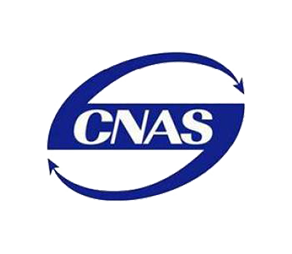With the continuous development of 3D printing technology, its application in various industries has gradually expanded, especially in the production of pipe fittings. Traditional pipe fittings usually rely on injection molding, casting and other methods for production, but with the introduction of 3D printing technology, manufacturers began to explore how this new technology can meet the production needs of pipe fittings. Especially for pipe fittings that require high customization, complex geometry and small batch production, 3D printing provides a new solution. However, the application of 3D printing filaments in the production of pipe fittings faces many challenges such as strength, temperature resistance and corrosion resistance. How to choose the right filaments and overcome these challenges is the key issue facing the current industry.
1. Application of 3D printing filaments in pipe fittings
The production of pipe fittings needs to meet a series of technical requirements such as strength, corrosion resistance and temperature resistance, and different types of 3D printing filaments (such as PLA, ABS, PETG, etc.) have different characteristics and can meet the production needs of some pipe fittings.
PLA (polylactic acid): PLA is a common 3D printing consumable with good biocompatibility and low odor, suitable for environmentally friendly applications. However, the main problem of PLA is its poor temperature resistance, which can usually only be used between 40°C and 60°C. Therefore, PLA is generally suitable for pipe fittings for low-temperature applications, such as indoor water pipe fittings or non-pressure fittings.
ABS (Acrylonitrile Butadiene Styrene): ABS has higher temperature resistance than PLA and can usually withstand temperatures of 80°C to 100°C. This makes ABS suitable for some light pipe fittings, such as non-pressure pipe fittings in heating, ventilation and air conditioning (HVAC) systems or medium and low pressure pipe systems. ABS also has good impact resistance and can withstand some external pressure and impact.
PETG (Polyethylene Terephthalate): PETG combines the advantages of PLA and ABS, has high mechanical strength, temperature resistance and chemical corrosion resistance, and is therefore widely used in pipe fittings. It is suitable for some environments with high requirements for chemical resistance, such as chemical delivery pipe fittings or water treatment pipe fittings.
Reinforced plastics (such as carbon fiber reinforced PLA or ABS): The strength of 3D printing filaments has been significantly improved by adding reinforcing materials such as carbon fiber or glass fiber. These reinforced materials are very suitable for the production of pipe fittings with high bearing pressure, such as gas pipelines, oil pipelines and other high-strength applications.
Metal 3D printing materials: Metal 3D printing technology can produce pipe fittings with extremely high strength and high temperature and corrosion resistance by using materials such as stainless steel, titanium alloy, and aluminum alloy. Metal 3D printing is particularly suitable for the production of high-end pipe fittings that are resistant to extreme environments (such as high temperature and high pressure, and highly corrosive chemical environments).
2. Challenges of 3D printing filaments in the production of pipe fittings
Although 3D printing has many advantages in the manufacture of pipe fittings, it also faces some challenges, especially in terms of strength, temperature resistance, and corrosion resistance.
Insufficient strength: For some pipe fittings, especially those that need to withstand high internal and external pressures, the strength of traditional 3D printing materials (such as PLA, ABS, PETG, etc.) may not be sufficient to meet the requirements. Although strength can be improved by reinforced materials (such as carbon fiber reinforced plastics), these reinforced materials still cannot compare with the performance of metal materials in high-strength applications.
Temperature resistance issues: Pipe fittings often need to withstand a variety of different temperature environments, especially in high-temperature environments (such as hot water pipes, steam pipes, gas pipes, etc.), and the temperature resistance of 3D printing materials often cannot meet the requirements. Most conventional plastic materials have a low upper temperature resistance limit, while metal 3D printing materials perform well in high temperature tolerance, but their production cost is high and suitable for high-end applications.
Corrosion resistance issues: Pipe fittings often need to be used in complex chemical environments and face corrosion from different chemicals. Although PETG performs well in certain environments, the corrosion resistance of conventional 3D printing materials is far inferior to that of metal or special plastic materials. For pipe fittings that require high corrosion resistance, such as pipe fittings that transport acid, alkali or salt solutions, traditional 3D printing materials may be difficult to meet the needs of long-term use.
Surface quality and smoothness: The layered structure of 3D printing may cause the surface of pipe fittings to be not smooth enough, which will increase the fluid resistance in the pipeline and affect the efficiency of fluid flow. Although the surface quality can be improved through post-processing (such as polishing, grinding, etc.), this additional process may increase production costs and time.
3. Solutions to overcome challenges
In order to solve the above challenges, the application of 3D printing technology in the production of pipe fittings is constantly improving and innovating.
Choose the right filaments: When facing pipe fittings with high strength and temperature resistance requirements, metal 3D printing or reinforced plastic materials can be selected. These materials can provide superior performance in high-strength, high-temperature and high-corrosion environments. For example, 3D printing with stainless steel or titanium alloy materials can produce pipe fittings suitable for high-pressure and high-temperature environments.
Develop corrosion-resistant materials: In order to solve the corrosion resistance problem of 3D printing materials, the development of new corrosion-resistant filaments has become a focus. For example, use 3D printing materials with corrosion-resistant coatings, or study more corrosion-resistant composite materials to adapt to more stringent chemical pipeline environments.
Optimize post-processing processes: In order to improve the surface quality of 3D printed pipe fittings, more post-processing technologies can be introduced, such as heat treatment, surface coating or polishing processes. By improving the surface smoothness, fluid resistance can be effectively reduced and the long-term stability of pipe fittings can be ensured.
Hybrid material technology: Combining the characteristics of different materials, such as plastic and metal composites, 3D printed pipe fittings with high strength, high temperature resistance, corrosion resistance and cost reduction can be manufactured. This hybrid material not only meets the performance requirements, but also reduces the overall production cost.
The application of 3D printing filaments in the pipe fitting industry has great potential, especially in the production of customized and complex-shaped pipe fittings. However, challenges such as strength, temperature resistance and corrosion resistance still exist. Solving these problems requires selecting suitable materials, optimizing production processes and continuously innovating technologies. With the continuous development of 3D printing technology, we can expect higher performance and more economical pipe fitting production solutions, pushing the pipe industry into a new manufacturing era.
154.webp)
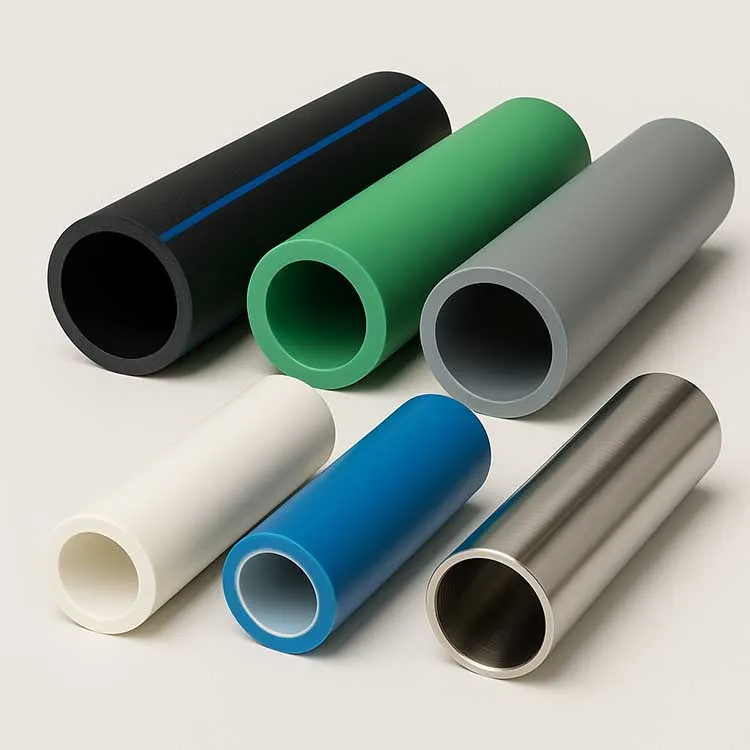
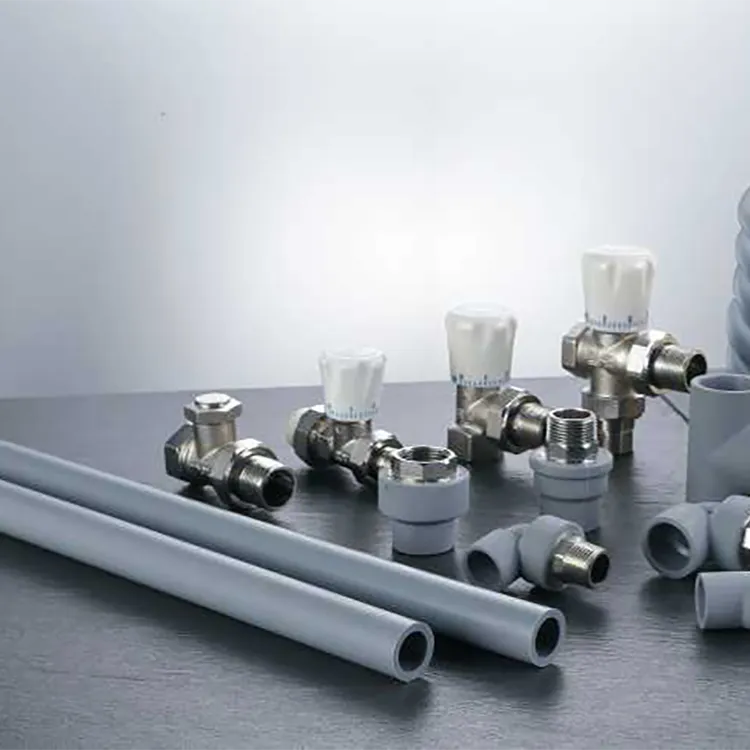
981.webp)
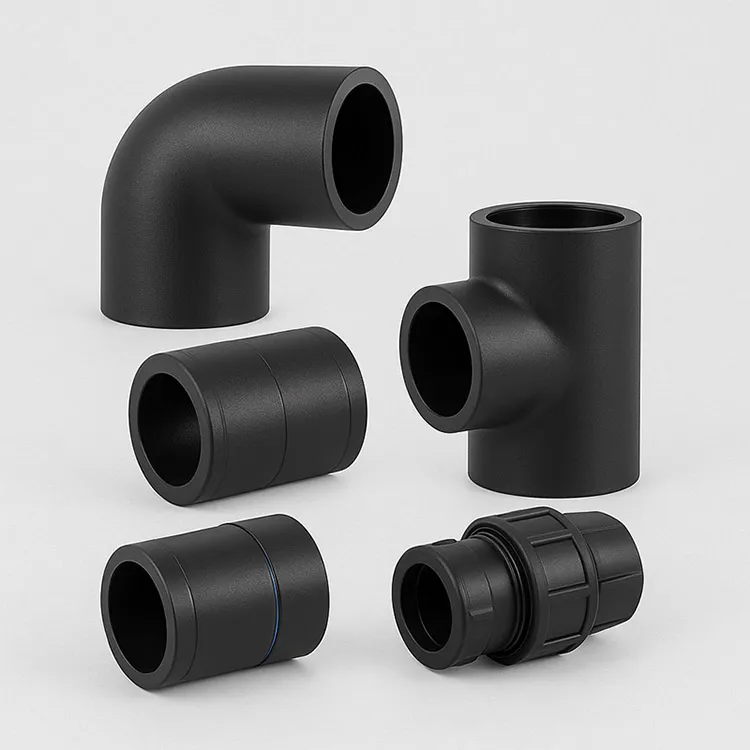
 (1)379.webp)
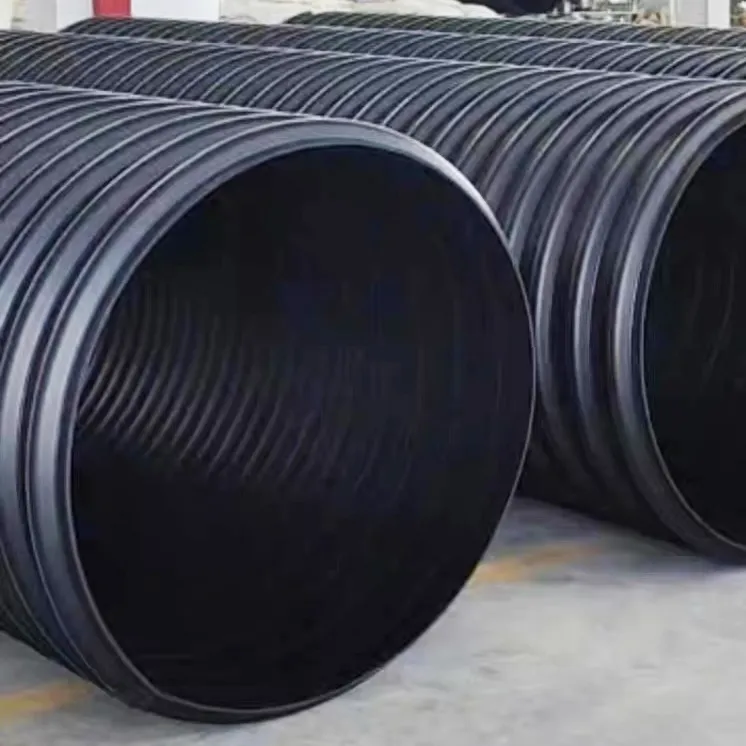
294.webp)
476.webp)
420.webp)
146.webp)
460.webp)
287.webp)
274.webp)
688.webp)

